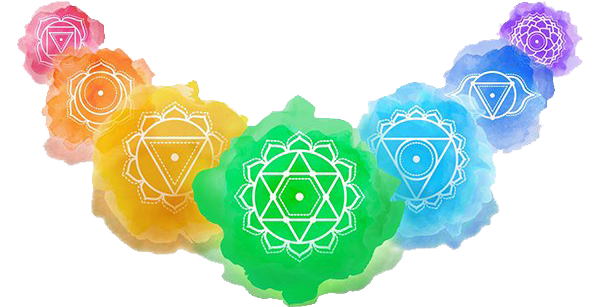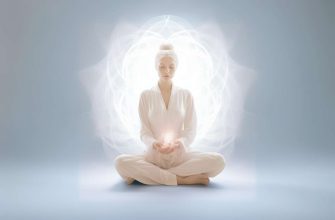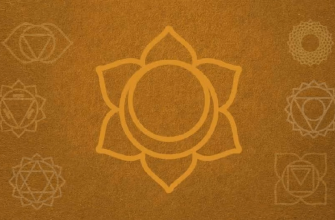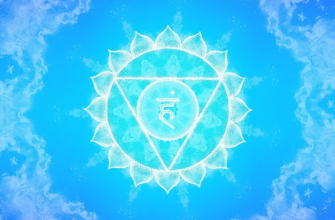The chakra system, a spiritual cornerstone in many traditions, offers insights into the energy centers governing our physical, emotional, and spiritual realms. Among the vibrant spectrum of chakras, the Black Chakra emerges as a mysterious and profound force. Representing the depths of our subconscious and the mysteries of existence, it offers a gateway to profound self-discovery and transformation.
In this guide, we’ll journey into the depths of the Black Chakra, exploring its significance, characteristics, and techniques to harness its transformative energy.
What is Black Chakra?
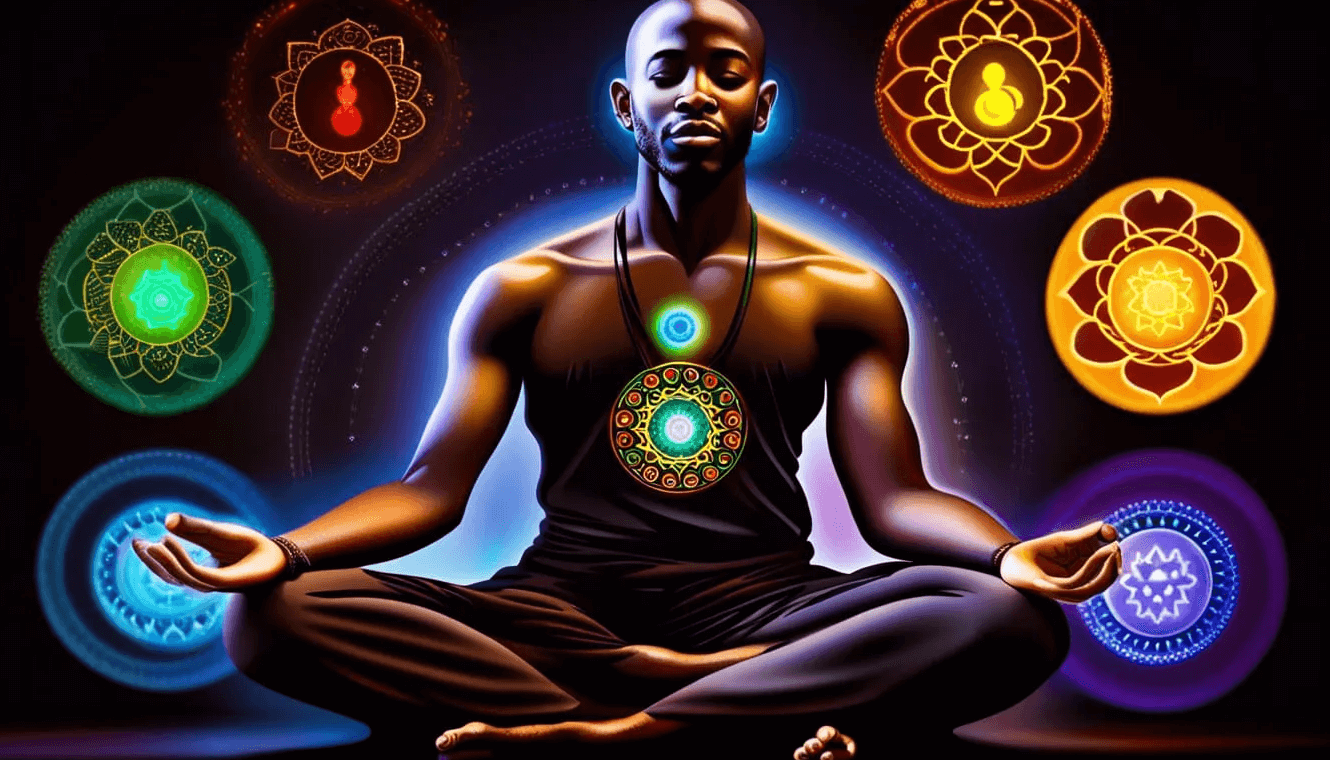
The traditional chakra system describes 7 main chakras, or energy centers, in the body, each associated with a specific color – red, orange, yellow, green, blue, indigo, and violet. However, some believe there is an additional 8th chakra known as the black chakra.
The black chakra is not officially recognized as part of the main chakra system. While the 7 main chakras correspond to colors of the rainbow and are located along the spine, the black chakra is associated with shadows and darkness and is located in the pelvis area.
The black chakra is sometimes referred to as the earth star chakra or earth chakra. It is considered a minor chakra and is not accepted by all energy healers and metaphysical traditions. However, some believe it plays an important stabilizing role, connecting us with the grounding energy of the earth.
Origins and History
The origins of the black chakra concept can be traced back to ancient African and Kemetic spiritual traditions. Some of the earliest recorded healing practices emerged from Ancient Egypt, which had a profound focus on energy centers and spiritual healing. The black chakra itself seems to parallel African concepts of a life force or spiritual energy that connects all things.
Some key thinkers who helped develop black chakra teachings include Ausar Auset, who founded a spiritual tradition and yoga school drawing on Kemetic principles. She incorporated the concept of a black chakra into her teachings on energy centers. Other practitioners like Nana Baakan Agyiriwah have also written about the black chakra and its origins in African spirituality. Overall, while not a part of traditional chakra systems, the black chakra seems to have emerged from a blending of ancient African energy teachings with modern chakra theory.
Associated Energy and Meaning
The color black is often associated with the root chakra and grounding energy. In chakra philosophy, black represents stability, strength, and a sense of security. It is the color of the earth and connects us to our foundations.
Black absorbs all light and energy, making it linked to grounding and calming energy. It can help anchor our emotions and bring stillness. The black chakra represents our primal instincts and ability to cope with basic needs. It provides a sense of safety and belonging.
However, black can also represent fear, grief, or shadow aspects when the root chakra is blocked. Overall, the color black is associated with grounding, security, survival, and stillness in the context of chakra healing. The black chakra helps us feel stable, secure, and connected to the earth.
Location in the Body
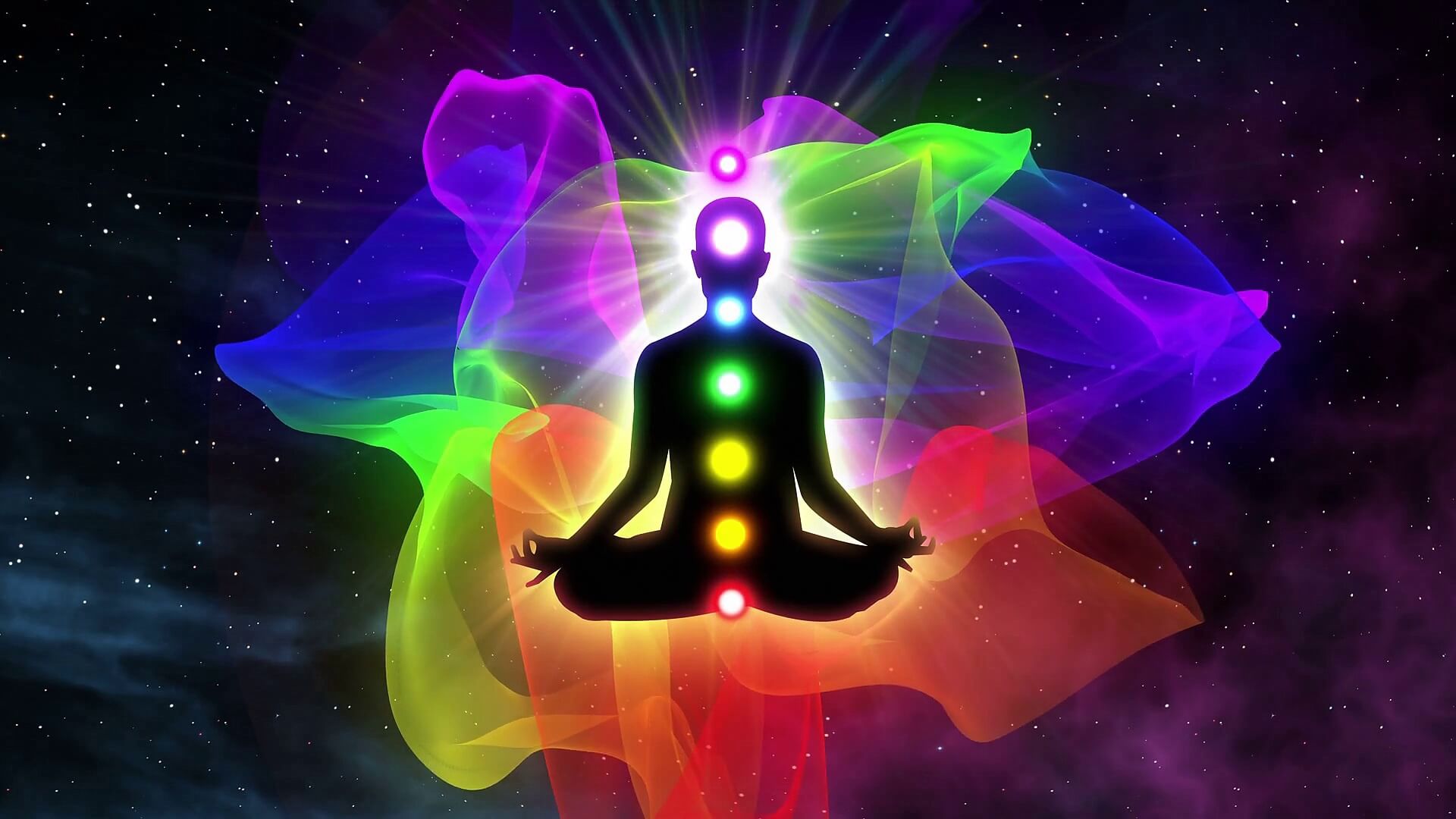
The black chakra is said to be located in the pelvic area between the root and sacral chakras, in the perineum or the area between the genitals and anus. It is associated with the sexual organs and connected energetically to the reproductive system, urinary system, and large intestine.
Some believe the black chakra influences the adrenal glands, which sit on top of the kidneys and are responsible for releasing hormones related to stress response and sexual function. Others connect it to the prostate gland in men or the Skene’s glands in women, which are involved in sexual pleasure and orgasm.
The pelvic region where the black chakra resides oversees our most primal urges, basic needs, and physical desires. Thus, its energy is said to be raw, primal, and extremely powerful. Understanding and balancing this chakra can lead to improved sexual and reproductive health.
Imbalances and Blockages
Signs of black chakra imbalance often manifest physically and emotionally. Common symptoms include chronic fatigue, low energy, depression, anxiety, and feeling disconnected from oneself and others. Imbalances can also lead to throat and neck pain, thyroid issues, and problems with communication and self-expression.
There are several potential causes of black chakra blockages:
- Suppressing one’s truth or not living authentically
- Disconnection from one’s inner wisdom and intuition
- Past trauma or abuse, especially related to communication
- Fear of speaking up or asserting oneself
- Excessive judgment of oneself or others
- Physical ailments affecting the throat and neck area
Keeping the black chakra open is essential for clear communication, self-expression, and maintaining harmony between one’s inner and outer worlds. Various healing modalities can help unblock this energy center.
Healing and Opening the Black Chakra
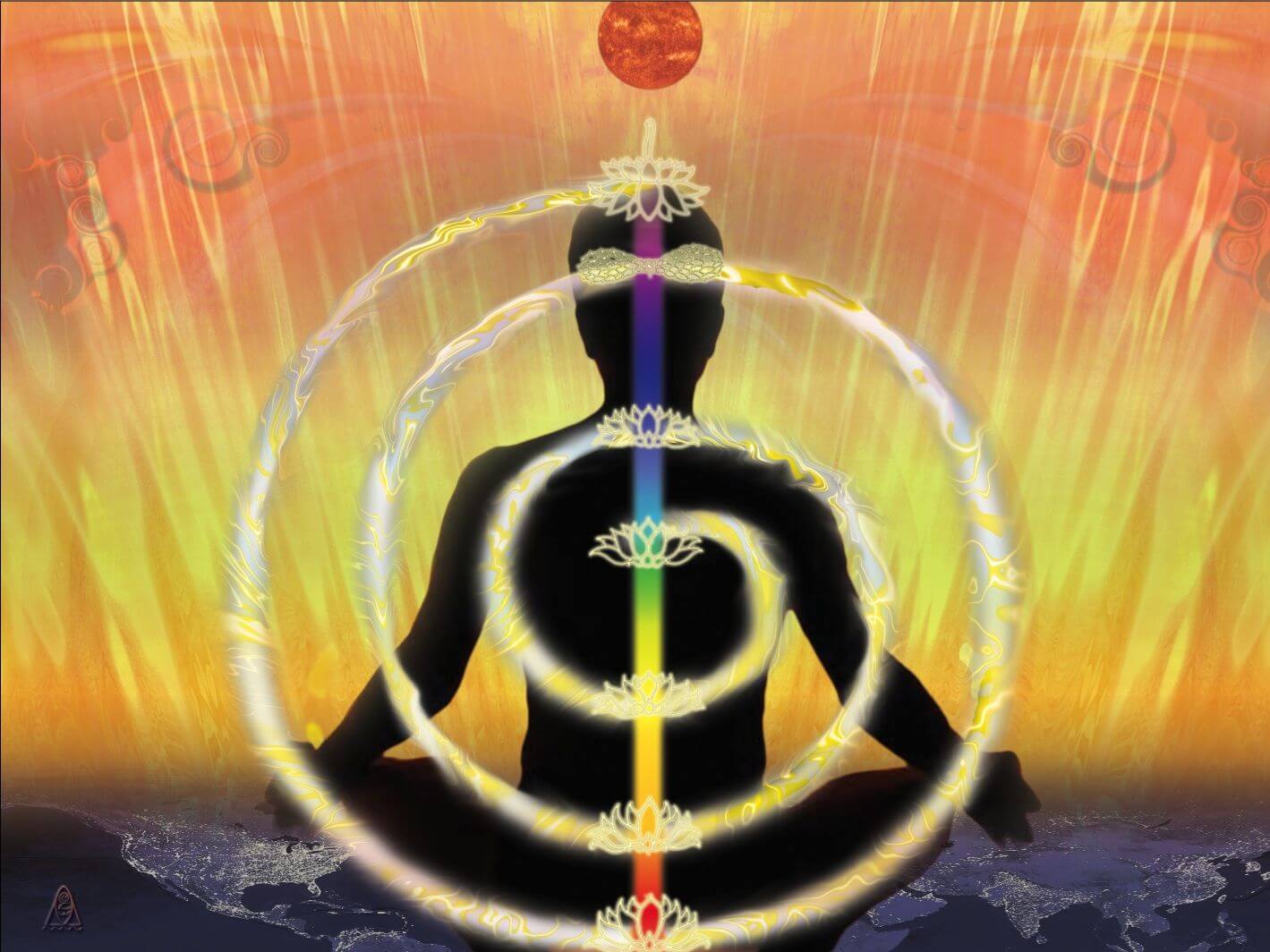
The black chakra is associated with deep subconscious energies and shadows. When blocked or imbalanced, it can manifest as fear, anxiety, addiction, depression or lack of energy.
There are several methods to help open, heal and bring balance to the black chakra:
-
Meditation and Visualization: Sit comfortably and visualize black energy at the base of your spine. Focus on breathing deeply into this area and imagine the black energy dissolving. Visualize it opening up and bright, healing light flowing through.
-
Yoga Poses: Poses that stretch the hips and lower spine help energize the black chakra. Try child’s pose, bridge pose or reclined bound angle pose.
-
Crystals: Black tourmaline, obsidian, hematite and onyx help absorb negative energy and open blocked energy in the black chakra. Place them on your lower back during meditation.
-
Chanting: Chanting “lam” stimulates and balances the black chakra. You can chant aloud or internally during meditation.
-
Grounding: Activities like walking barefoot, hiking, gardening or dancing help ground energy in the black chakra.
-
Self-care: Getting enough sleep, eating grounding foods, reducing stress and spending time in nature bring the black chakra into balance.
With regular practice, these methods help clear stagnant energy, resolve subconscious blockages and bring healing light to the black chakra. An open, balanced black chakra allows us to access our inner power, vitality and connection to the earth.
Rituals and Practices
The black chakra is associated with several rituals and practices that can help activate and heal it.
Common practices include:
-
Meditations and visualizations: Focused meditations on the black chakra, sometimes involving visualizing a black lotus flower or black smoke, can help bring awareness and energy to this chakra. Mantras like “I release all that no longer serves me” are also used.
-
Routines and rituals: Dedicated routines like yoga, chanting, and prayer done regularly can activate and strengthen the black chakra. Some also create rituals and altars with black candles and crystals as a focus.
-
Movement: Dance and free-form movement allow blocked energies to be released through the black chakra. Ecstatic or trance dance is common, using the whole body to expel negative energies.
Overall, rituals that focus on release, letting go, and expelling negative energy can purify and empower the black chakra. Dedicated practice brings awareness and activation.
Strengthening and Activation
The black chakra can be strengthened and activated through various practices.
Some tips for activating and amplifying the black chakra energy include:
-
Wearing black tourmaline crystals, which are said to protect energy and clear away negative vibrations
-
Practicing grounding techniques like walking barefoot on the earth, which connects you with the grounding energy of the black chakra
-
Using essential oils like patchouli, cedarwood, and sandalwood, which resonate with the earthy energies of the black chakra
-
Eating foods that are black in color or grown in the earth, like blackberries, black sesame seeds, potatoes, etc.
-
Engaging in physical exercise and movement to activate the body’s lower energy
-
Practicing yoga poses like Warrior poses that emphasize grounding and stability
-
Spending time in nature and connecting with the earth
-
Listening to meditative music tuned to the frequency of the black chakra
-
Chanting mantras associated with the black chakra, like “Lam”
-
Visualizing black light filling and radiating from the black chakra
Regular practice of these techniques can help cultivate the grounded, stabilizing, and protective energies represented by the black chakra. Staying rooted, facing fears, establishing security, and removing energetic blocks are key to activating this foundational chakra center.
Controversies and Skepticism
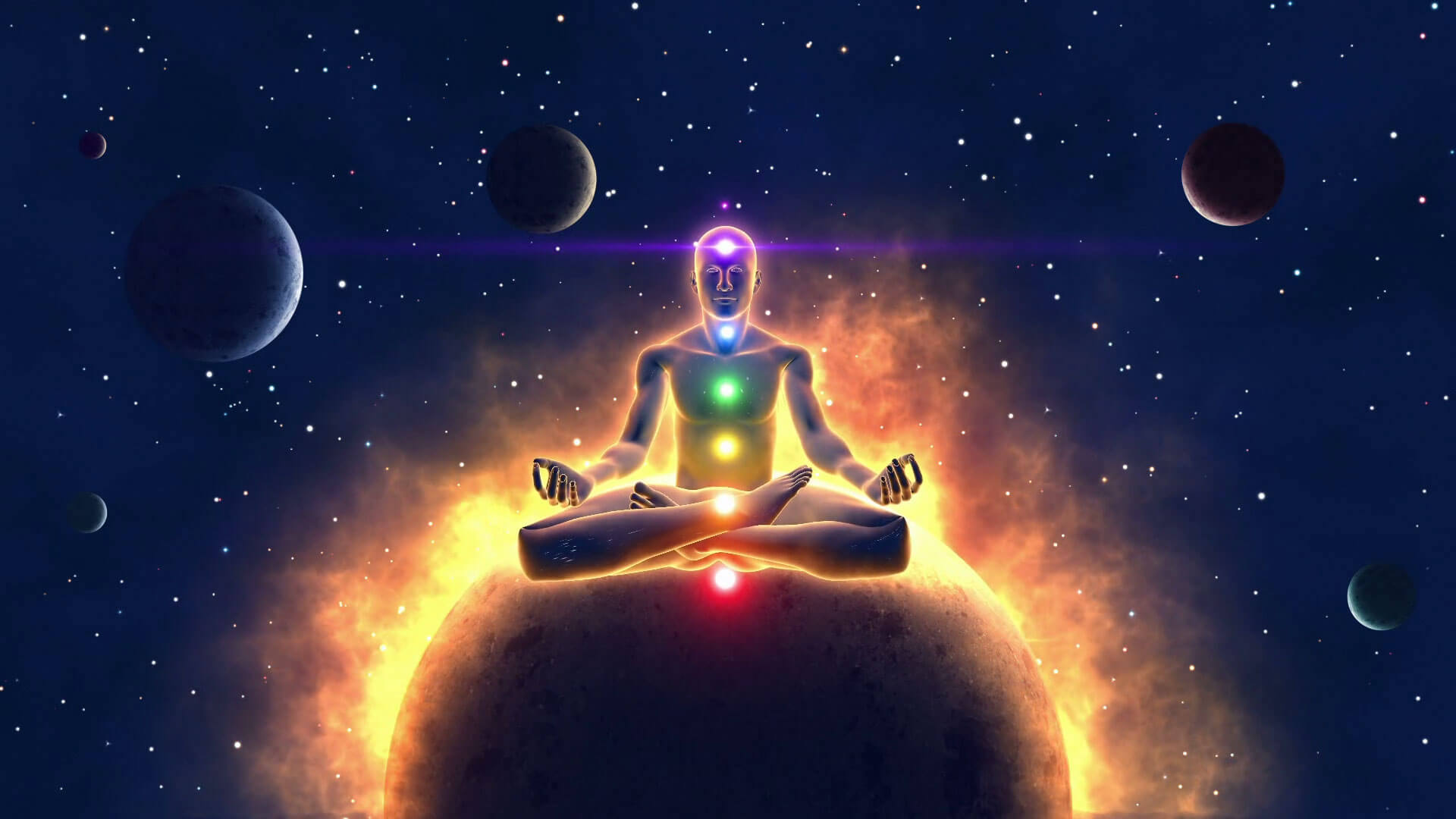
The concept of the black chakra has been met with some skepticism and criticism from certain communities. Some believe that introducing an additional chakra beyond the traditionally accepted seven main chakras is unnecessary or unsupported.
Others argue that the black chakra does not have roots in ancient Indian texts or systems like yoga and ayurveda, so its origins may be dubious. There are concerns that the black chakra was invented recently or popularized without established spiritual or historical basis.
Practitioners who work with the black chakra counter that chakra knowledge has evolved over time and many cultures around the world recognize additional energy centers beyond the main seven. They say the black chakra fills a gap in representing dark or shadow emotions that are not addressed by other chakras.
While debate continues on the validity of the black chakra concept, those who find it meaningful in their practices argue that experiential knowledge is most important – if working with the black chakra resonates with someone, it has value regardless of ancient roots. More research may shed light on the origins and applications of this controversial energetic center.
Conclusion
The black chakra remains one of the more mysterious and controversial chakras within energy healing traditions. While not universally accepted, some believe it represents primal instincts, shadow integration, and connection to the earth.
As we’ve explored, the black chakra is said to be located around the perineum and is associated with the frequency of earth energy. Imbalances here may manifest as excessive materialism, dark thoughts, or difficulty facing one’s shadow self.
Practices like grounding meditations, spending time in nature, chanting, and visualizations of black light can potentially activate and clear this chakra. However, skeptics argue there is no scientific evidence for its existence.
In summary, the black chakra illustrates the diverse and nuanced world of chakra systems. While not proven, it provides an intriguing lens to explore human nature. Going forward, more research is needed on the validity and applications of this lesser-known chakra. But for some energy healers, it remains an important part of holistic wellness.
